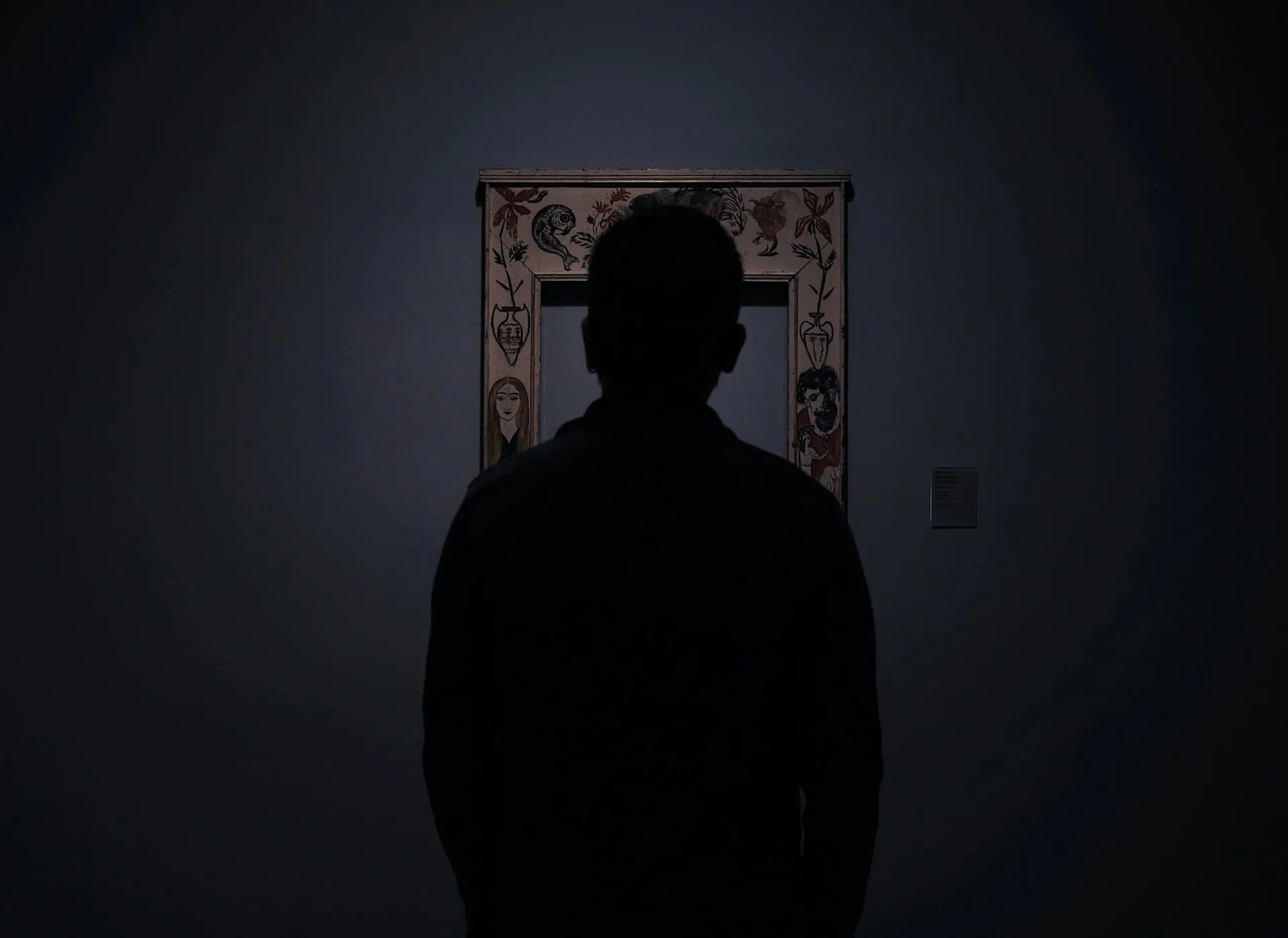There can be your advertisement
300x150
Cubism and Its Further Influence on Art and Pop Culture
 Photo by Arzu Sendang on Unsplash
Photo by Arzu Sendang on UnsplashCubism was a revolutionary artistic movement that emerged in Paris at the beginning of the 20th century. Its main representatives were Pablo Picasso and Georges Braque. Cubism rejected traditional perspective and depicted objects through fragmented forms, geometric patterns, and multiple viewpoints. Artists abandoned the idea that art should represent nature. This approach changed the direction of modern art and left its mark on numerous creative fields. In visual arts, design, cinema, and fashion, the legacy of cubism continues to exert strong influence.
The Origin of Cubism
Cubism appeared in Paris between 1907 and 1914, challenging traditional Western art norms. Instead of striving for realism, artists broke down objects into abstract angular forms, exploring the relationship between form, color, and dimensionality. Cubism is sometimes divided into two phases: Analytical Cubism characterized by muted colors and complex overlapping planes, and Synthetic Cubism based on collage and lighter palettes. The influence of cubism quickly spread beyond Picasso and Braque, inspiring artists such as Juan Gris, Robert and Sonia Delaunay, Marcel Duchamp, and Fernand Léger.
Cubism in Visual Arts
Cubism continues to influence contemporary art, offering endless possibilities for abstraction and reinterpretation. Its impact can be seen in various styles and forms of expression—from minimalist sculptures to vibrant paintings. In Judaic art, colorful pictures of Jerusalem in cubist style and abstract forms can be found. Public works and large-scale installations have also embraced cubism. Murals and sculptures inspired by this movement bring aesthetics into the daily lives of passersby.
Cubism in Cinema and Animation
The fragmented perspective and dynamism of cubism have had a significant influence on cinema and animation. In classic films such as Napoleon by Abel Gance, Battleship Potemkin by Sergei Eisenstein, and Metropolis by Fritz Lang, multi-level cameras were used to add depth and dimensionality, visual motifs reminiscent of cubism, as well as rapid cuts and contrasting images conveying chaos. In modern cinema, cubism has influenced fragmented realities and multi-dimensional perspectives in films like Inside Out and Spider-Man: Into the Spider-Verse.
Fashion and Cubism
The bold geometry and abstraction of cubism have had a huge impact on fashion. Designers such as Coco Chanel and Paul Poiret were among the first to introduce cubist elements and geometric patterns. In the Picasso exhibition 1973–2023 (50 events and exhibitions dedicated to Picasso, 50 years after his death), an exhibition on the artist's influence on fashion was presented. The organization noted that Picasso’s connection with Chanel dates back to 1917, when Picasso's focus on linear and geometric designs influenced works such as Chanel No.5 perfume, which resembles bottles reduced to minimal expression that Picasso painted in 1912 in a series of still lifes.
Pop Art and Music
The influence of cubism extends to pop art and music. Artists such as Roy Lichtenstein and Andy Warhol reinterpreted cubist ideas by combining abstraction with everyday imagery. In music, classic album covers such as David Bowie's Reality and The Rolling Stones' Some Girls used fragmented images and abstraction inspired by cubism.
The Enduring Legacy
More than a century after its emergence, the bold departure of cubism from tradition continues to inspire artists to think differently about form, space, and perspective. From visual arts to fashion, the influence of this movement is profound and enduring.
More articles:
 Create a Warm and Cozy Interior with Neutral and Warm Colors
Create a Warm and Cozy Interior with Neutral and Warm Colors Create a Clean and Cozy Oasis in Your Bathroom
Create a Clean and Cozy Oasis in Your Bathroom Create a Peaceful Retreat with Modern Maritime Style Bedroom
Create a Peaceful Retreat with Modern Maritime Style Bedroom Create a Cozy Autumn-Style Bedroom with Stylish Furniture
Create a Cozy Autumn-Style Bedroom with Stylish Furniture Create a Peaceful Oasis with Organic Coffee Tables in the Living Room
Create a Peaceful Oasis with Organic Coffee Tables in the Living Room Creating the Perfect Kitchen Layout with a Block
Creating the Perfect Kitchen Layout with a Block Create Space Efficiency with Wall-Mounted Tables for Modern Living
Create Space Efficiency with Wall-Mounted Tables for Modern Living Create the Perfect Retreat in a Thoughtfully Designed Home
Create the Perfect Retreat in a Thoughtfully Designed Home